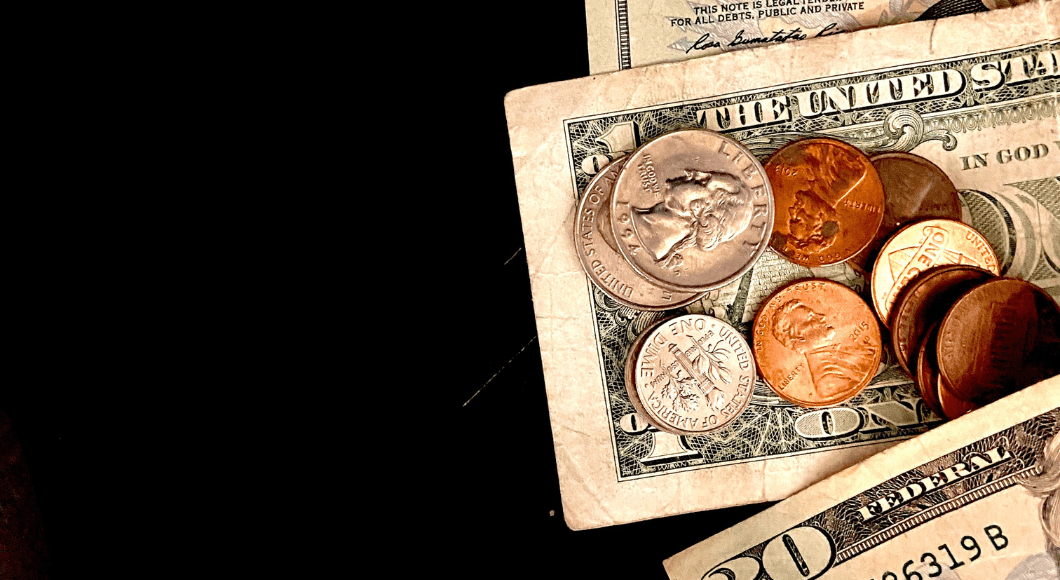
The year 2018 was big for me. I had just gotten married and was preparing for the arrival of my first child. Things were moving so quickly, and we didn’t work off a budget. Money was leaving our pockets every which way.
Before I knew it, both our savings accounts were running scarily low, and my new husband was still planning to purchase his newest project car. We were not on the same page financially.
I knew something needed to change, and it needed to happen quickly! After the wedding, the two of us sat down and came up with a game plan. It took some fine tuning, but five years — not a missed payment later — I think it’s safe to say we’ve got it figured out.
1. Get Real with the Finances
Pull out the pay stubs, look over those account statements, and grab your calculator. It’s important to figure out exactly how much money you are bringing in so that you can determine how much you can afford to let out. It’s really easy to fall into the trap of what you think you can afford, which can lead to oversights and overspending. Look at your after-tax income and remember to include in your calculation all sources income you may receive, like secondary jobs. Every penny counts.
>> RELATED READ :: 11 Tips on Living Frugally (& Saving Money) <<
2. Start Taking Inventory
While you’ve got your bank statement in front of you, go over the last few months, and highlight all of the subscriptions and recurring payments. See any you don’t recognize or hardly use? If so, that’s money you’re literally throwing away every month! Now’s the time to find that “unsubscribe” button.
If you can, do this on the spot while you’re already in the money-saving spirit. If you can’t get to it immediately, write yourself a list, and set aside time to unsubscribe later in the week.

3. Set Up Accounts
Take a minute and figure out what accounts you already have. What are their functions? You may have everything coming from one account or too many accounts to keep track of.
To get started I’d recommend a checking account and two savings accounts. Use the checking account to cover your monthly bills and expenses like groceries. Use one savings account to build your emergency fund, and another savings account to cover goals, like vacations.
Once you get a little more comfortable in your budgeting journey, you can establish your accounts as you see fit. The goal here is just to get clear on where all of your money is and how it is being distributed.
>> RELATED READ :: How to Create a Zero-Based Budget <<
4. Use Budgeting Tools
Use a planner, a fun notebook, or even design your own spreadsheet to layout your monthly, semi-annual, and annual expenses for the year. It doesn’t have to be expensive or designated for budgeting. But having these due dates laid out for you on a monthly basis will keep you on track and unlikely to have unexpected surprises. (I’m looking at you, Amazon Prime.)
Jot it all down — utilities, groceries, birthday parties — and give it an amount that fits within the range you set at the beginning.
There are many layers to budgeting. It can be a daunting task at first. But the truth is, starting is the hardest part. Once you get comfortable with the basics, the rest is walk in the park. And you will eventually come to tailor your budget in a way that fits you and your family’s lifestyle perfectly.













